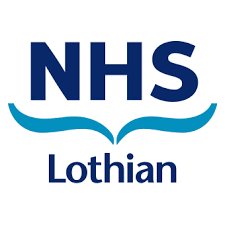Source control includes:
- Line removal
- Draining pus (surgically or radiologically)
- Debriding tissue
- Definitive operation
test announcement

These guidelines apply only to Wards 116 and 118 at RIE, Ward 20 at WGH and ITU at SJH.
They should not be used in any other clinical area of NHS Lothian.
Early appropriate antimicrobial therapy with source control improves survival.
Source control includes: